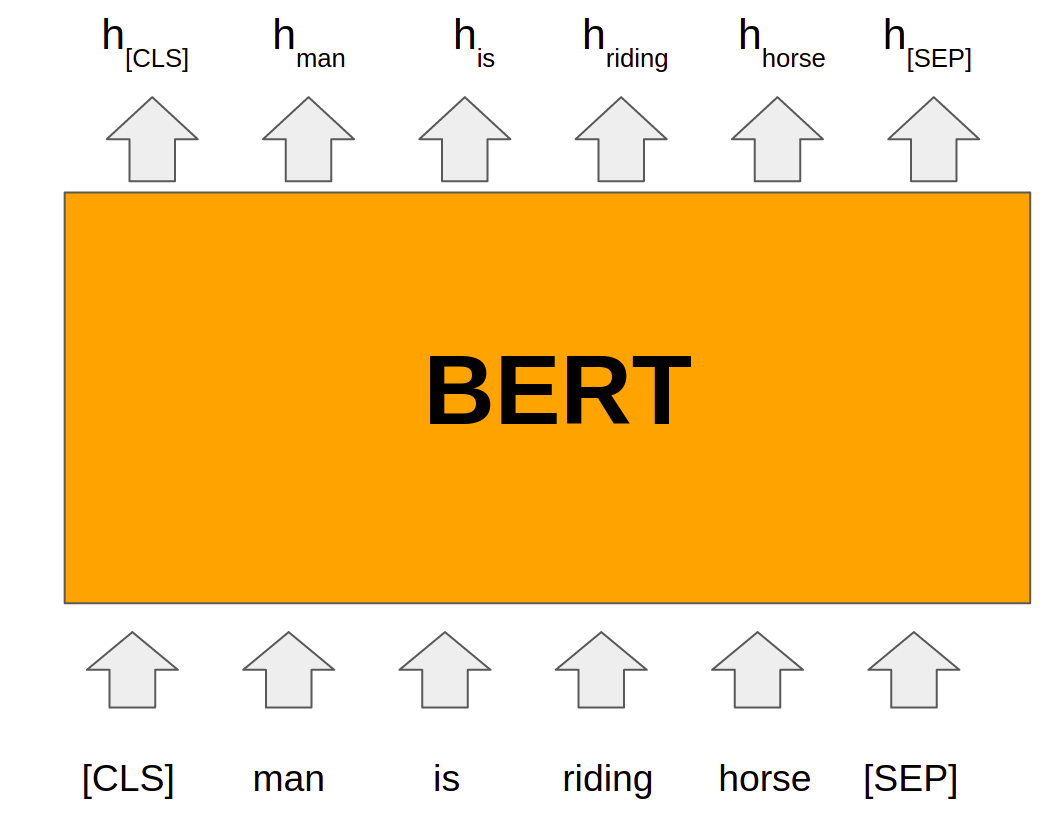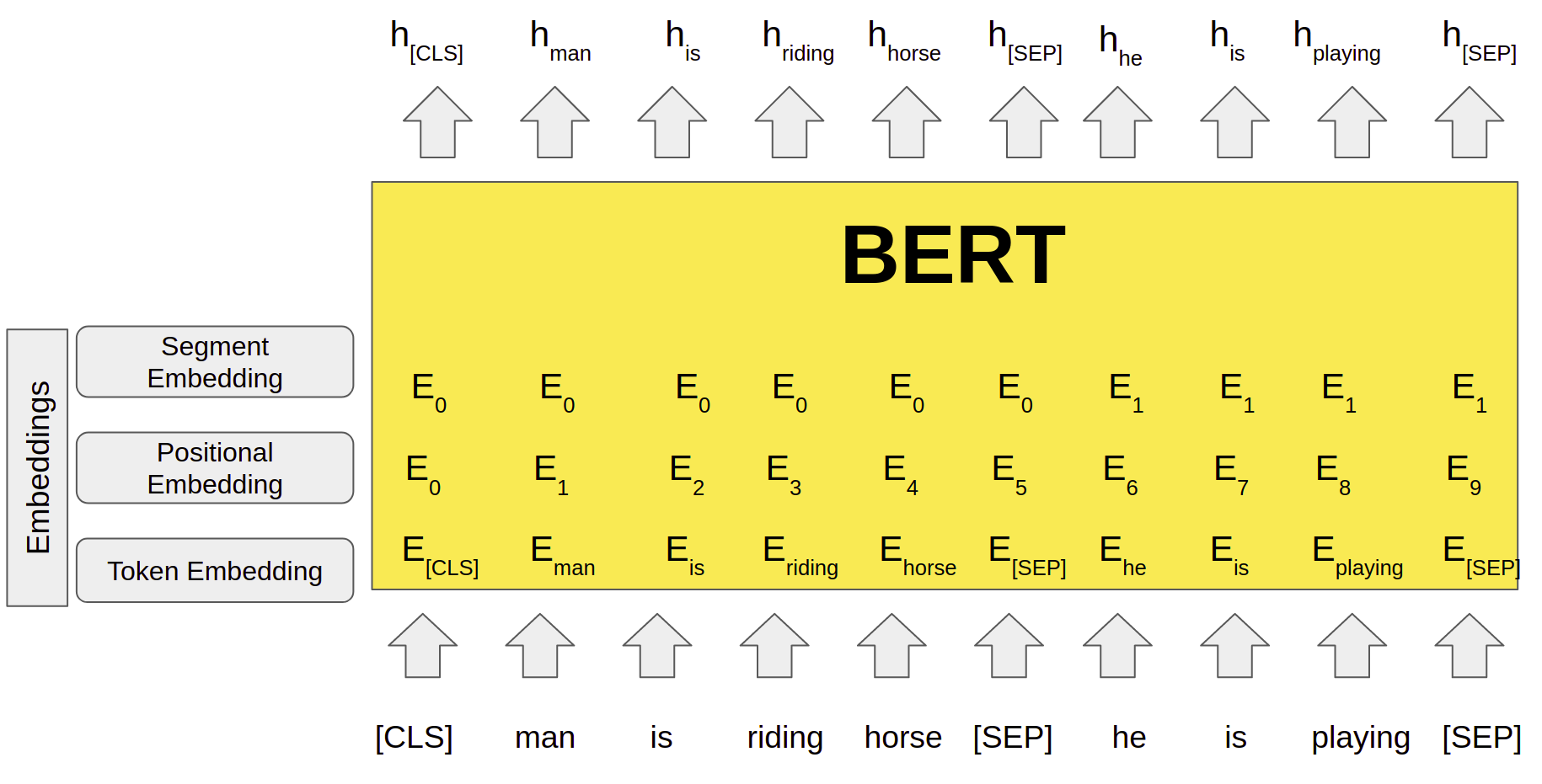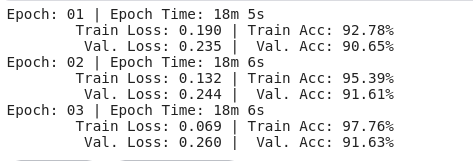Introduction
BERT is one of the most prominent innovations of NLP. It has revolutionized how machines understand language, paving the way for substantial advancements in various NLP tasks. However, the power of BERT continues beyond its bidirectional encoding; it also incorporates a lesser-known yet equally critical component: segment embeddings. These segment embeddings enable BERT to grasp context, identify sentence boundaries, and comprehend relationships within text, making it a formidable tool in language understanding. In this article, we will be exploring the relationship between segment embeddings and BERT. Join us on this journey to uncover the secrets of BERT and segment embeddings and discover how they reshape the language understanding and generation landscape.
Table of contents
Overview of BERT and Segment Embeddings
Machines understand language through language representations. These language representations are in the form of vectors of real numbers. Proper language representation is necessary for a better understanding of the language by the machine. Language representations are of two types:
- Context-free language representation such as Glove and Word2vec where embeddings for each token in the vocabulary are constant and it doesn’t depend on the context of the word.
- Contextual language representation such as Elmo and OpenAI-GPT where token representation depends on the context of the word where it is used.
Context Free and Contextual Languages
The problem with context-free language representation is that the same word with completely different meanings will have the same representation such as the representation of ‘bat’ will be the same for cricket bat or animal. With a contextual model, we get the representation of each token based on the sentence in which that token is used resulting in a better understanding of the language by the machine. The BERT model helps in generating the contextual representation of each token. It is even able to get the context of whole sentences, sentence pairs, or paragraphs.
BERT basically uses the concept of pre-training the model on a very large dataset in an unsupervised manner for language modeling. A pre-trained model on a very large dataset has the capability to better understand the context of the input sentence. After pre-training, the model can be fine-tuned on the task-specific supervised dataset to achieve good results.
Two types of strategies can be applied namely features-based and fine-tuning. Elmo uses the concept of the feature-based model where model architectures are task-specific. It uses different models for different tasks and uses a pre-trained model for language representations. BERT uses the concept of fine-tuning and the final model for any task is almost the same as BERT. It uses deep bidirectional layers of transformers encoders for language understanding and hence got the name Bidirectional Encoder Representation from Transformer. The overall idea for the application of BERT can be depicted from the picture shown below.

This article was published as a part of the Data Science Blogathon.
What is BERT?
BERT’s model architecture is based on Transformers. It uses multilayer bidirectional transformer encoders for language representations. Based on the depth of the model architecture, two types of BERT models are introduced namely BERTBase and BERTLarge. The BERTBase model uses 12 layers of transformers block with a hidden size of 768 and number of self-attention heads as 12 and has around 110M trainable parameters. On the other hand, BERTLarge uses 24 layers of transformers block with a hidden size of 1024 and number of self-attention heads as 16 and has around 340M trainable parameters. BERT uses the same model architecture for all the tasks be it NLI, classification, or Question-Answering with minimal change such as adding an output layer for classification.
Input-Output Format
The whole input to the BERT has to be given a single sequence. BERT uses special tokens [CLS] and [SEP] to understand input properly. [SEP] token has to be inserted at the end of a single input. When a task requires more than one input such as NLI and Q-A tasks, [SEP] token helps the model to understand the end of one input and the start of another input in the same sequence input. [CLS] is a special classification token and the last hidden state of BERT corresponding to this token (h[CLS]) is used for classification tasks. BERT uses Wordpiece embeddings input for tokens. Along with token embeddings, BERT uses positional embeddings and segment embeddings for each token.
Positional embeddings contain information about the position of tokens in sequence. Segment embeddings help when model input has sentence pairs. Tokens of the first sentence will have a pre-defined embedding of 0 whereas tokens of the second sentence will have a pre-defined embedding of 1 as segment embeddings.

Final Embeddings used by model architecture are the sum of token embedding, positional embedding as well as segment embedding. The final embeddings are then fed into the deep bidirectional layers to get output. The output of the BERT is the hidden state vector of pre-defined hidden size corresponding to each token in the input sequence. These hidden states from the last layer of the BERT are then used for various NLP tasks.
Pre-training and Fine-tuning
BERT was pre-trained on unsupervised Wikipedia and Bookcorpus datasets using language modeling. Two tasks namely Masked Language Model (MLM) and Next Sentence Prediction (NSP) were performed. During MLM, 15% of the tokens from the sequence were masked and then correct tokens were predicted at the final hidden state. To capture the relationship between sentence pairs given as input, NSP is used. For NSP, 50% of the data is labeled as isNext where sentence B of the input sequence is just the next sentence of sentence A from the dataset corpus. Another 50% of data is labeled as notNext where sentence B is not next to sentence A but any random sentence from the corpus dataset. Output hidden state corresponding to [CLS] token is used to predict the correct label and compute loss. After pre-training, BERT can be fine-tuned on the specific task-based dataset.
How to Use BERT?
For the implementation of BERT for any task on our dataset, pre-trained weights are available and we can easily use those pre-trained weights to fine-tune the model on our own dataset. The pre-trained weights for BERT are available in the transformers library and we can use that by the following code:
from transformers import BertModel
bert = BertModel.from_pretrained('bert-base-uncased')Here, “bert” contains the pre-trained model weights for BERTBase. We also need to use the same tokenizer and tokens index mapping using which model has been pre-trained. We can get the tokenizer using the code given below:
from transformers import BertTokenizer
tokenizer = BertTokenizer.from_pretrained('bert-base-uncased')
tokens = tokenizer.tokenize("What's going on?") Output: [‘what’, “‘”, ‘s’, ‘going’, ‘on’, ‘?’]
Let’s try to fine-tune the pre-trained bert model for the sentiment classification task. The model can be designed just by adding a linear layer at the output hidden state of the [CLS] token.
import torch.nn as nn
class BERTSentiment(nn.Module):
def init(self,
bert,
output_dim):
super().init()
self.bert = bert
embedding_dim = bert.config.to_dict()['hidden_size']
self.out = nn.Linear(embedding_dim, output_dim)
OUTPUT_DIM = 2
model = BERTSentiment(bert,
OUTPUT_DIM).to(device)We can then easily train the model using the above model by defining the loss function and optimizer.
optimizer = AdamW(model.parameters(),lr=2e-5,eps=1e-6,correct_bias=False)
criterion = nn.CrossEntropyLoss().to(device)
max_grad_norm = 1
def train(model, iterator, optimizer, criterion, scheduler):
epoch_loss = 0
epoch_acc = 0
model.train()
for batch in iterator:
optimizer.zero_grad() # clear gradients first
torch.cuda.empty_cache() # releases all unoccupied cached memory
text = batch.text
label = batch.label
predictions = model(text)
loss = criterion(predictions, label)
acc = categorical_accuracy(predictions, label)
#torch.nn.utils.clip_grad_norm_(optimizer, max_grad_norm)
loss.backward()
optimizer.step()
scheduler.step()
epoch_loss += loss.item()
epoch_acc += acc.item()
return epoch_loss / len(iterator), epoch_acc / len(iterator)
def evaluate(model, iterator, criterion):
epoch_loss = 0
epoch_acc = 0
model.eval()
with torch.no_grad():
for batch in iterator:
text = batch.text
predictions = model(text)
loss = criterion(predictions, labels)
acc = categorical_accuracy(predictions, labels)
epoch_loss += loss.item()
epoch_acc += acc.item()
return epoch_loss / len(iterator), epoch_acc / len(iterator)We can then use train() and evaluate() function to train the model and to test.
import math
N_EPOCHS = 3
train_data_len = 25000
warmup_percent = 0.2
total_steps = math.ceil(N_EPOCHS*train_data_len*1./BATCH_SIZE)
warmup_steps = int(total_steps*warmup_percent)
scheduler = get_scheduler(optimizer, warmup_steps)
for epoch in range(N_EPOCHS):
start_time = time.time()
train_loss, train_acc = train(model, train_iterator, optimizer, criterion, scheduler)
valid_loss, valid_acc = evaluate(model, valid_iterator, criterion)
end_time = time.time()
epoch_mins, epoch_secs = epoch_time(start_time, end_time)
print(f'Epoch: {epoch+1:02} | Epoch Time: {epoch_mins}m {epoch_secs}s')
print(f'tTrain Loss: {train_loss:.3f} | Train Acc: {train_acc*100:.2f}%')
print(f't Val. Loss: {valid_loss:.3f} | Val. Acc: {valid_acc*100:.2f}%')
You can get the full notebook here. Please visit here for an easy guide for the implementation of BERT for Natural Language Inference (NLI) using Pytorch.
Conclusion
BERT and its segment embeddings are a dynamic duo reshaping how machines comprehend and generate human language. BERT’s bidirectional encoding and acute grasp of sentence boundaries have broken traditional NLP barriers, achieving remarkable success in various language tasks. Segment embeddings, often overshadowed, enable BERT to navigate complex textual contexts seamlessly.
As we conclude, their synergy has elevated NLP, improving language model accuracy and understanding human expression nuances. From sentiment analysis to machine translation, BERT’s transformative impact is undeniable. This exploration highlights their pivotal role in enhancing language understanding and generation, with BERT and segment embeddings poised to shape AI-powered language applications’ future. As we part ways, anticipate exciting developments in the ever-expanding world of natural language processing.
Frequently Asked Questions
A. Segment embedding in BERT helps the model understand the boundaries and relationships between different segments or sentences in a text, aiding in context comprehension.
A. The key difference is that BERT is a pre-trained contextual language model that uses embeddings as part of its architecture. Embeddings, like Word2Vec, are static representations of words or tokens.
A. BERT is not just an embedding method but a complete language model that utilizes embeddings as one of its components.
A. BERT typically outperforms Word2Vec in various NLP tasks due to its contextual understanding, making it a more advanced and versatile model for language understanding.
References
- https://arxiv.org/abs/1810.04805
- https://github.com/bentrevett/




Nice post. can you explain what the label is and how the 2 dimensional output is used/what it means?